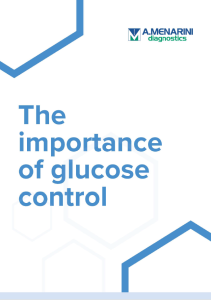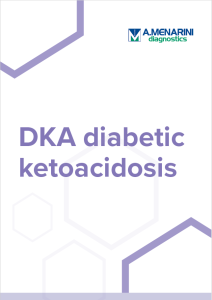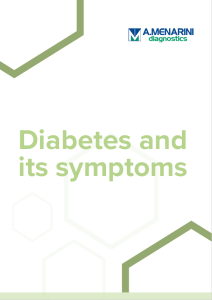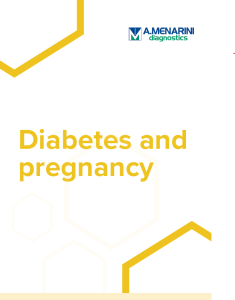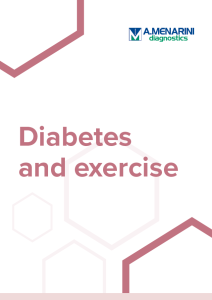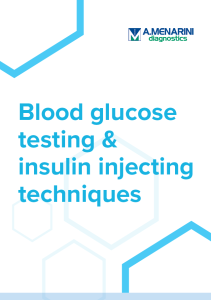Keep up-to-date about A. Menarini Diagnostics systems for diabetes management
Subscribe to the GlucoMen Day newsletter
Having read the privacy information notice, I consent to receive promotional communications (newsletters) from the Company
*Please be informed that the newsletter may include contents from which your health conditions may be inferred; for this reason you are invited to supply a secure email address that cannot be accessed by unauthorised individuals
